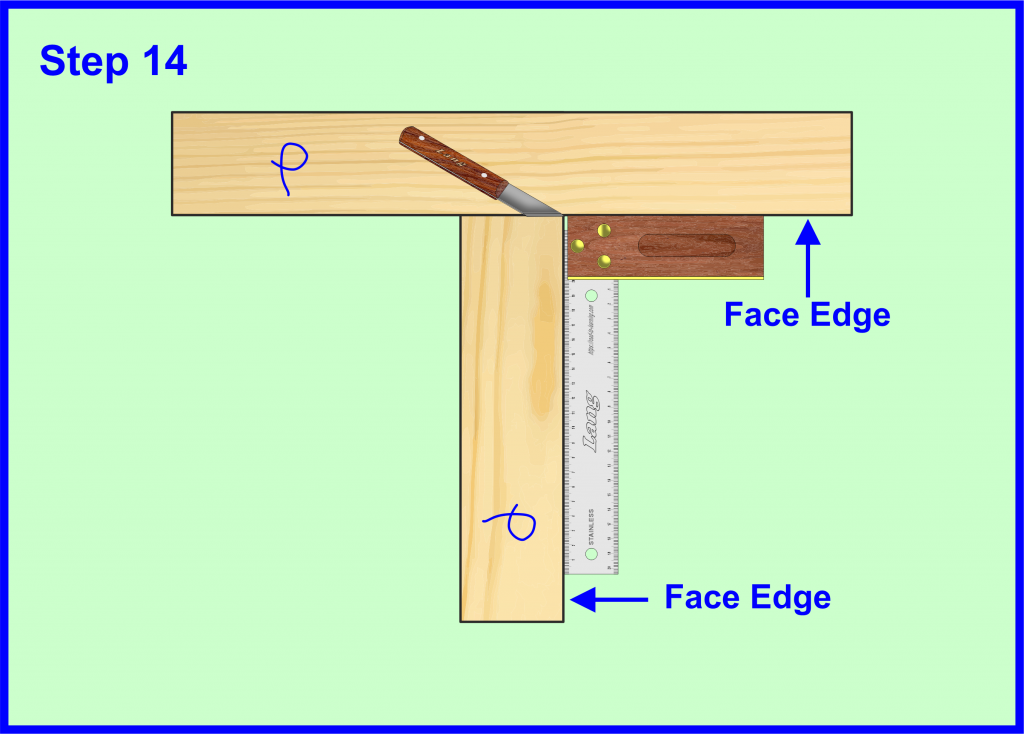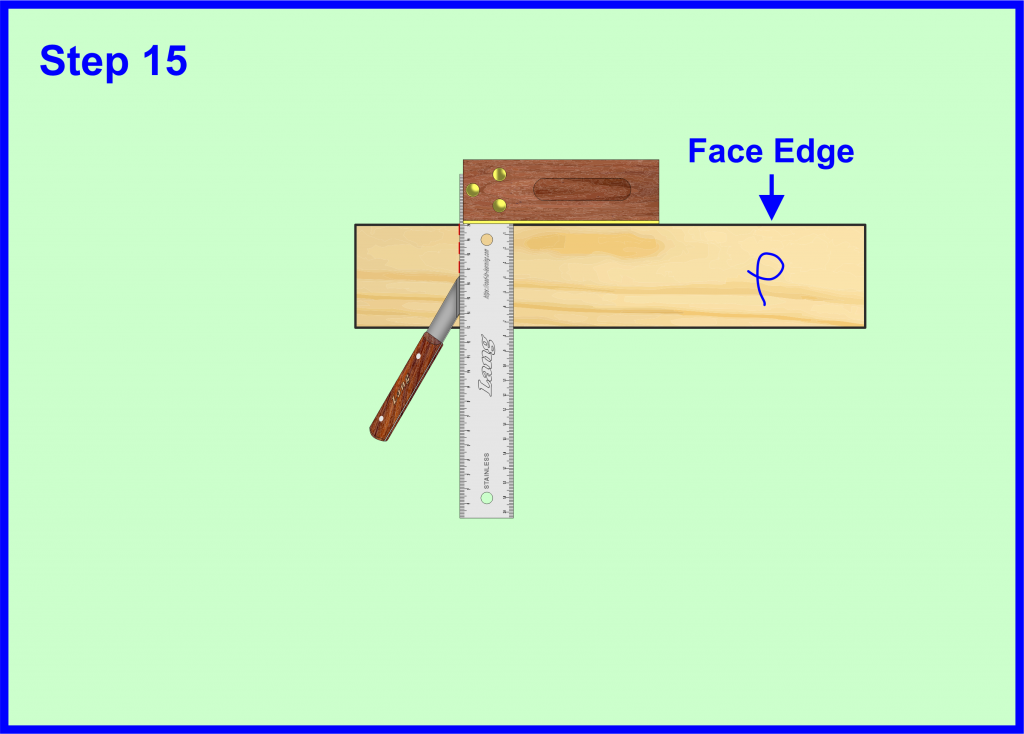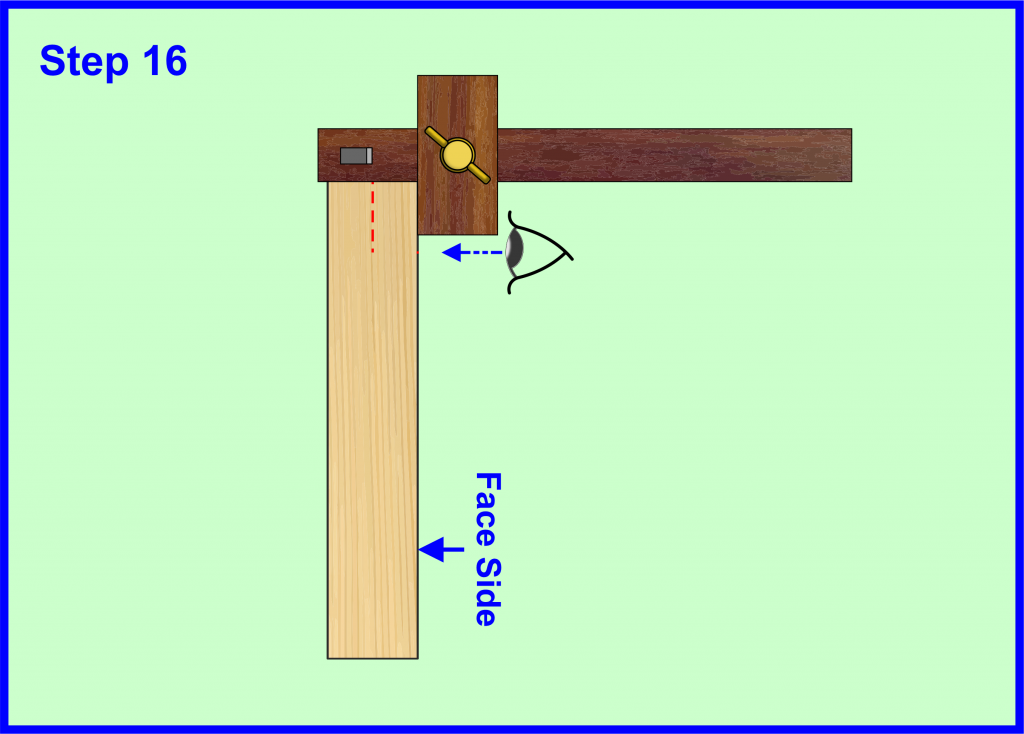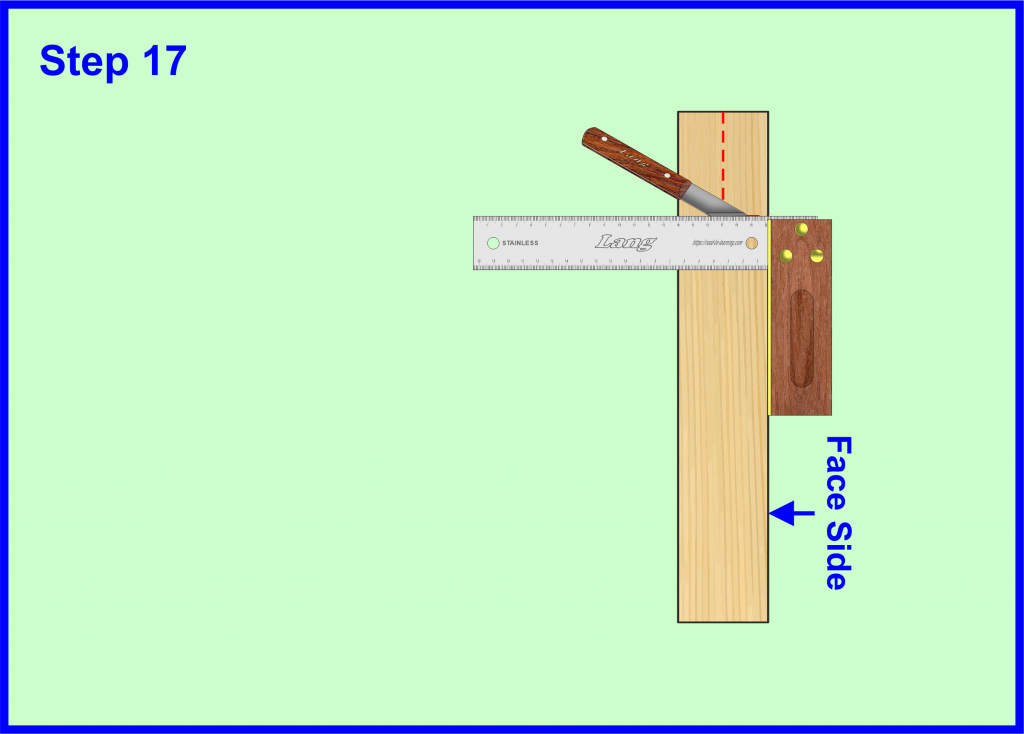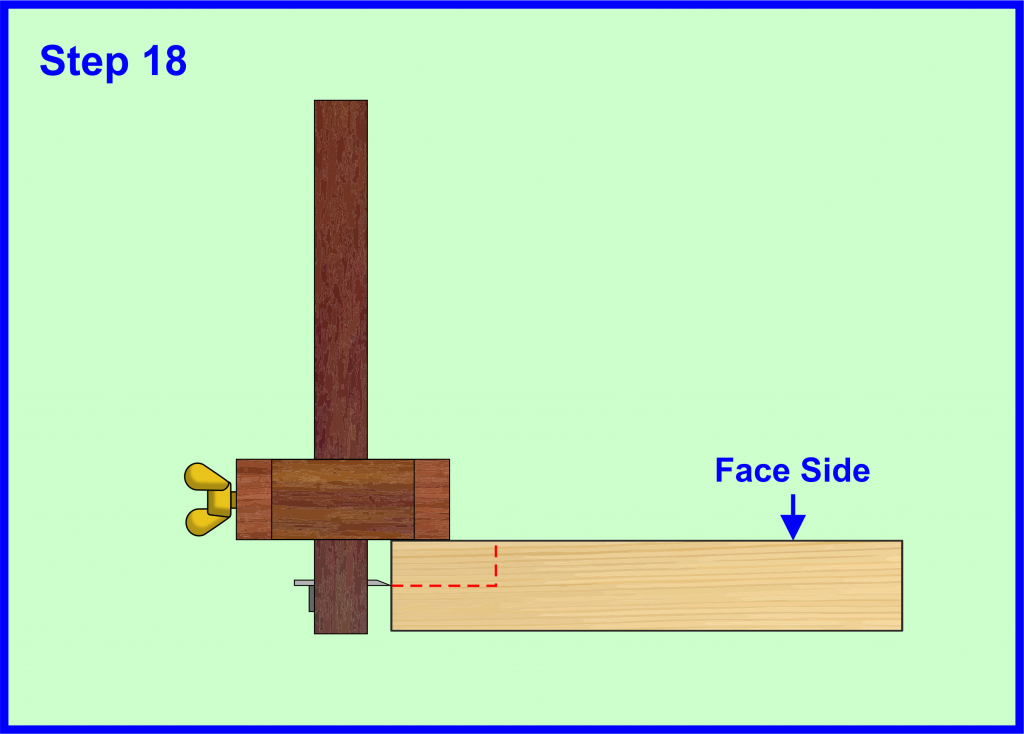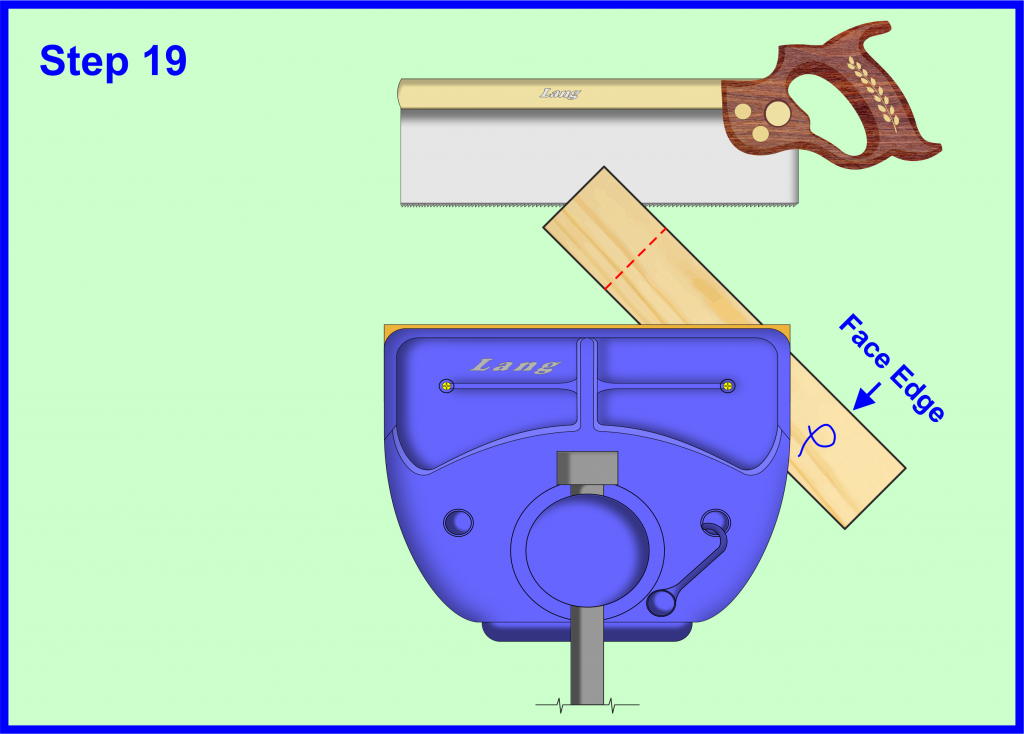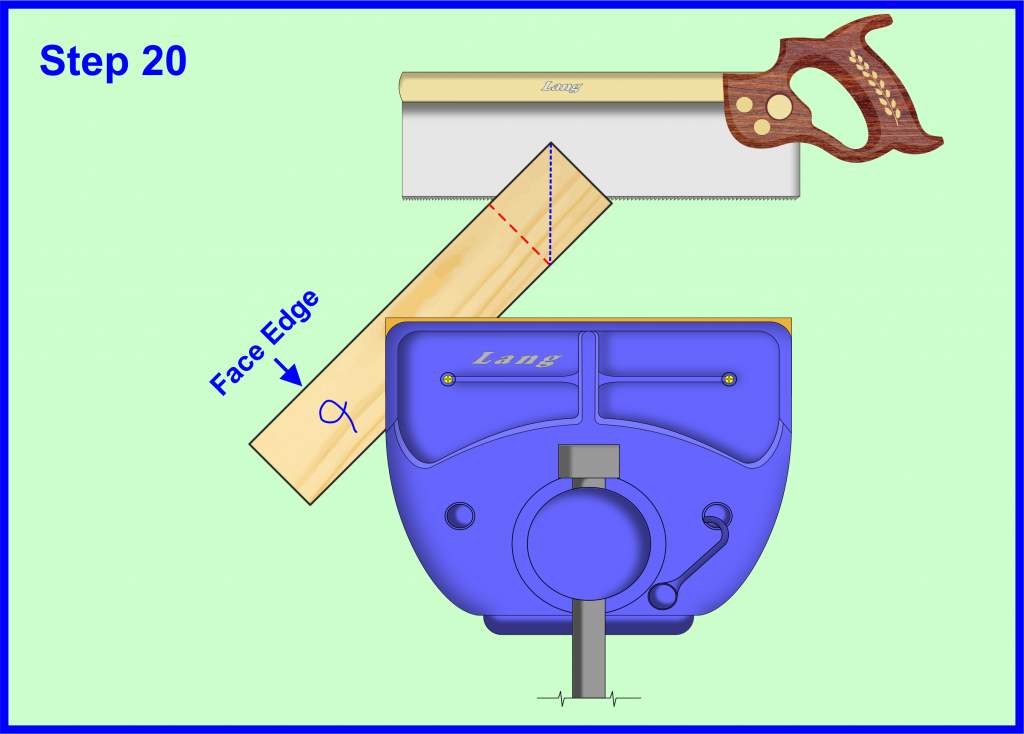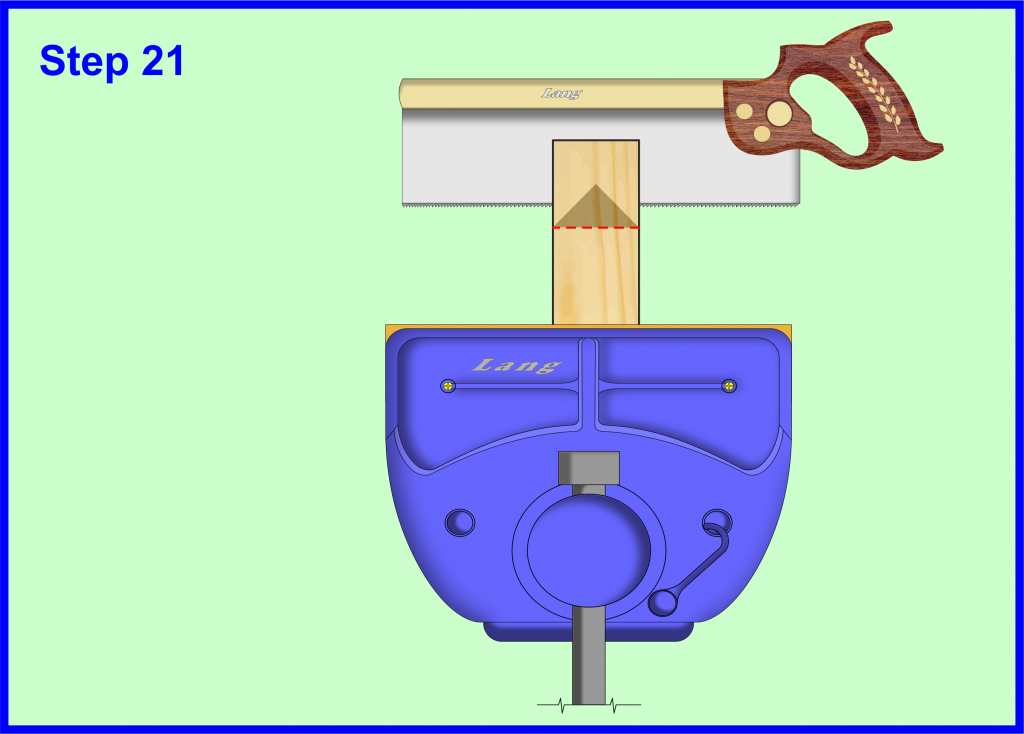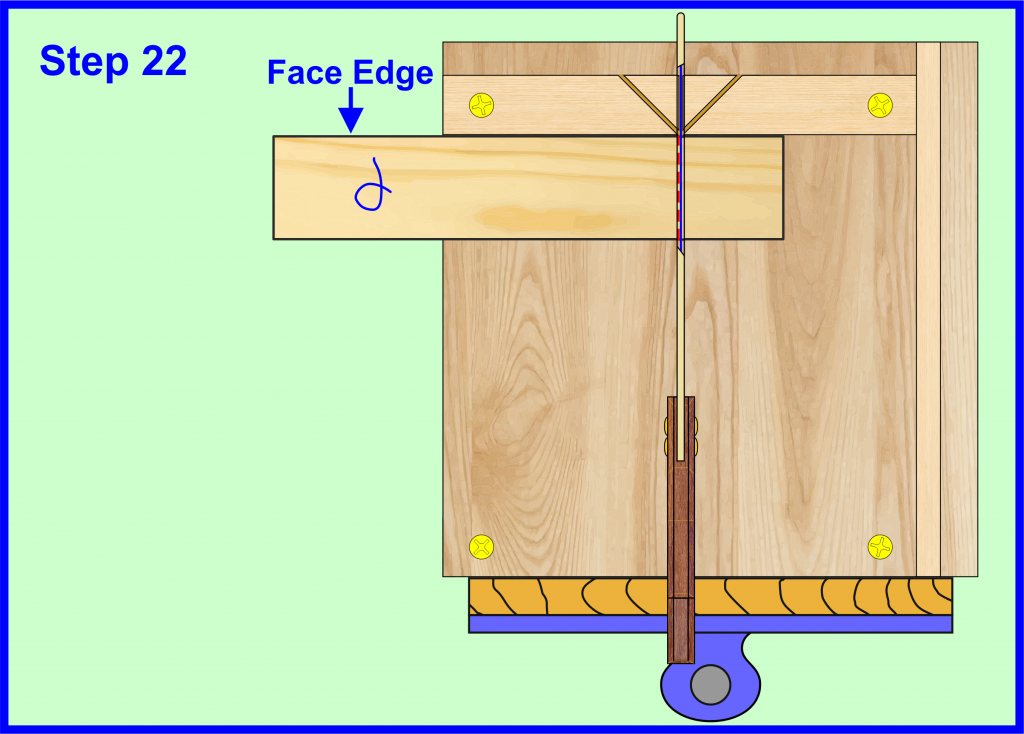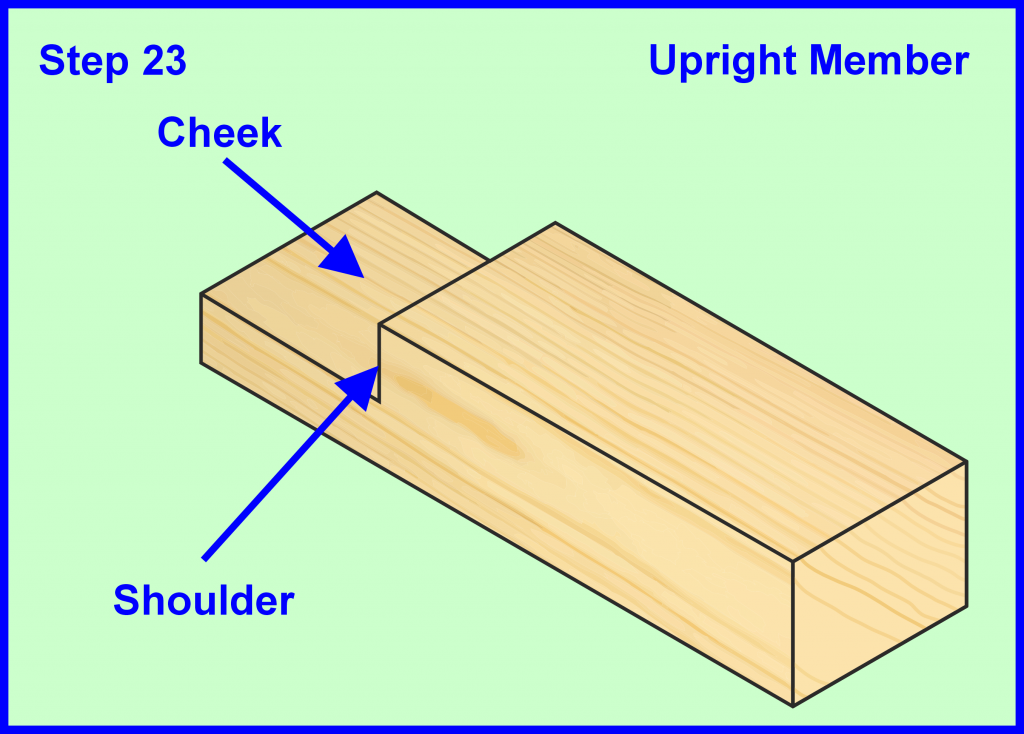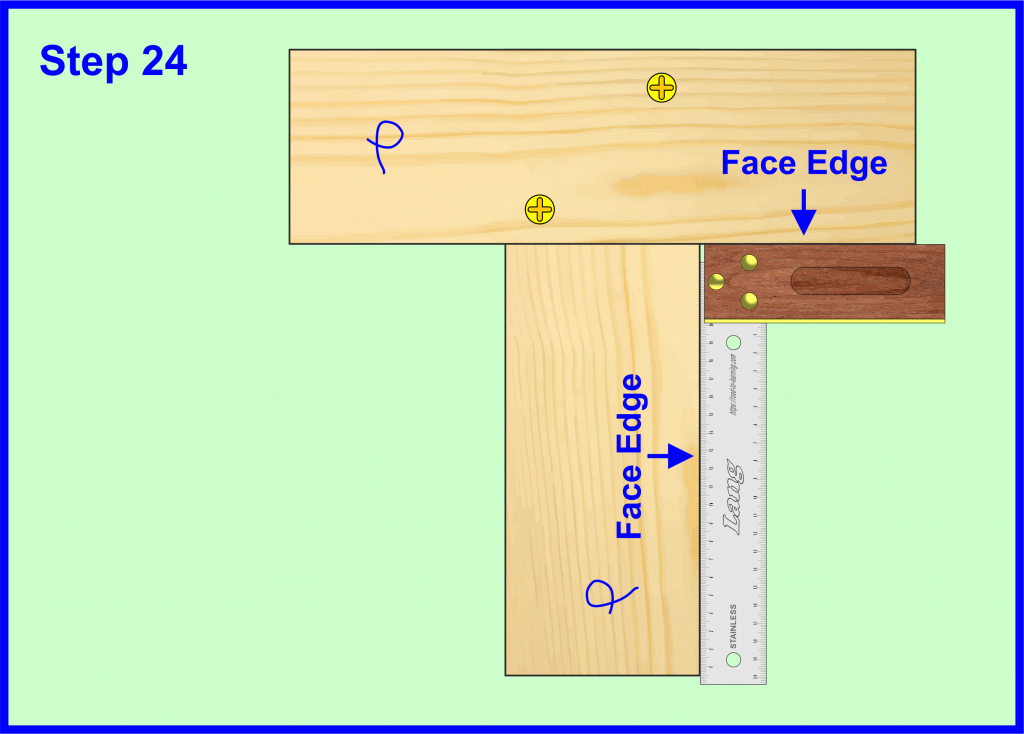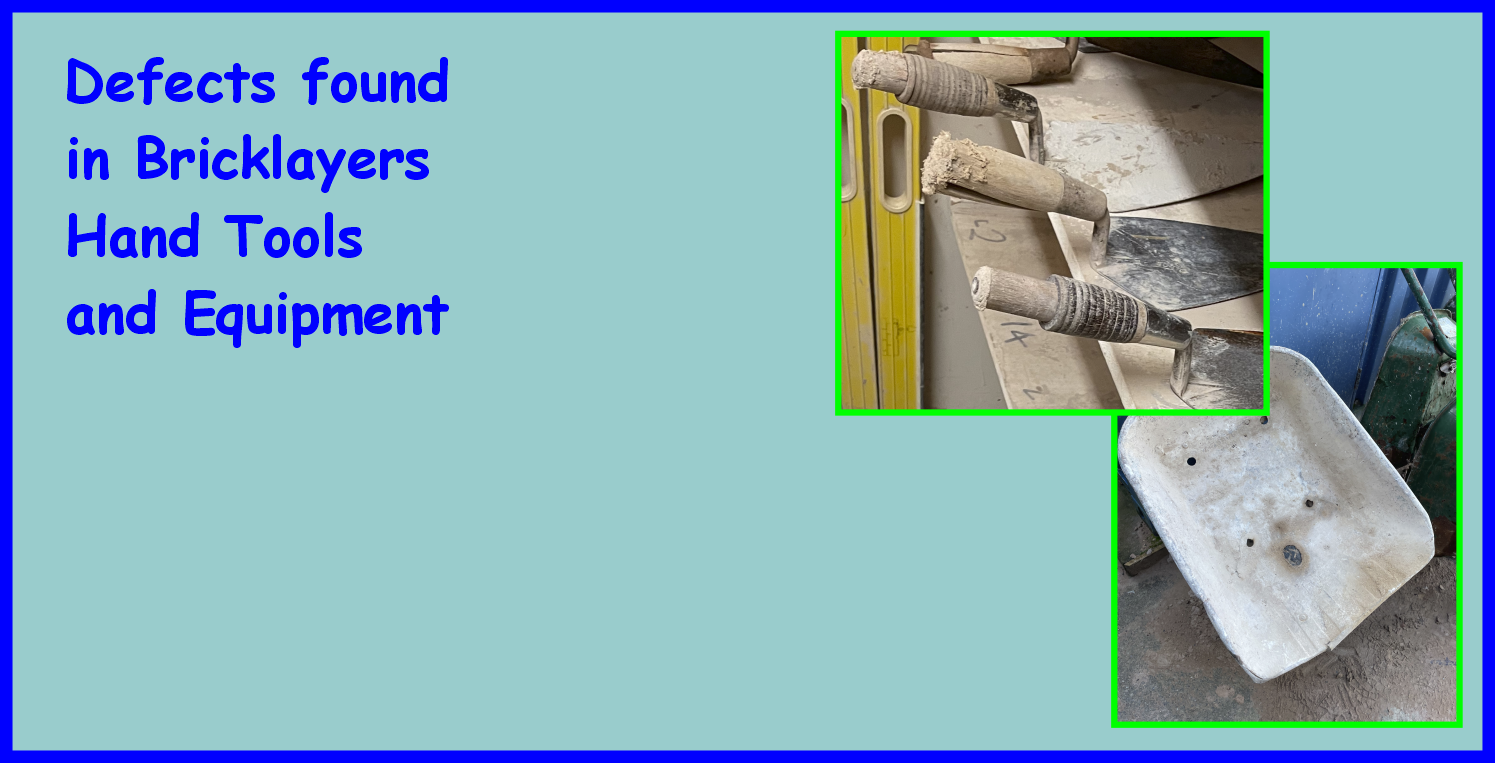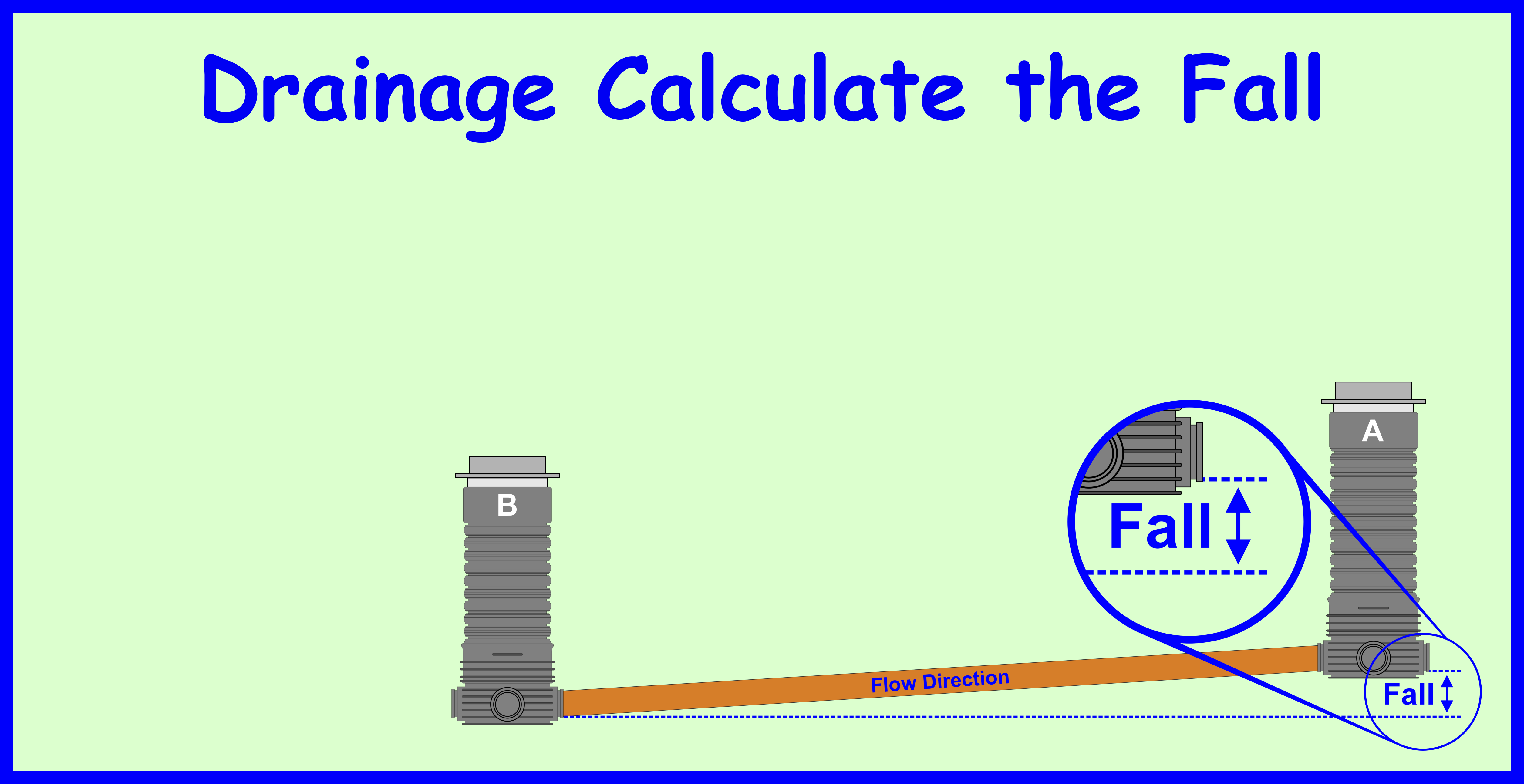Entry 3 Construction Skills (6219)
Unit 001 Constructing Halving Joints
Aim
This unit aims to provide the learner with the knowledge and skills to construct Halving Joints
Learning outcome
1. know how to Construct Halving Joints.
Assessment Criteria
The learner can:
1.4 state the process required to mark out halving joints
Marking out Halving Joints
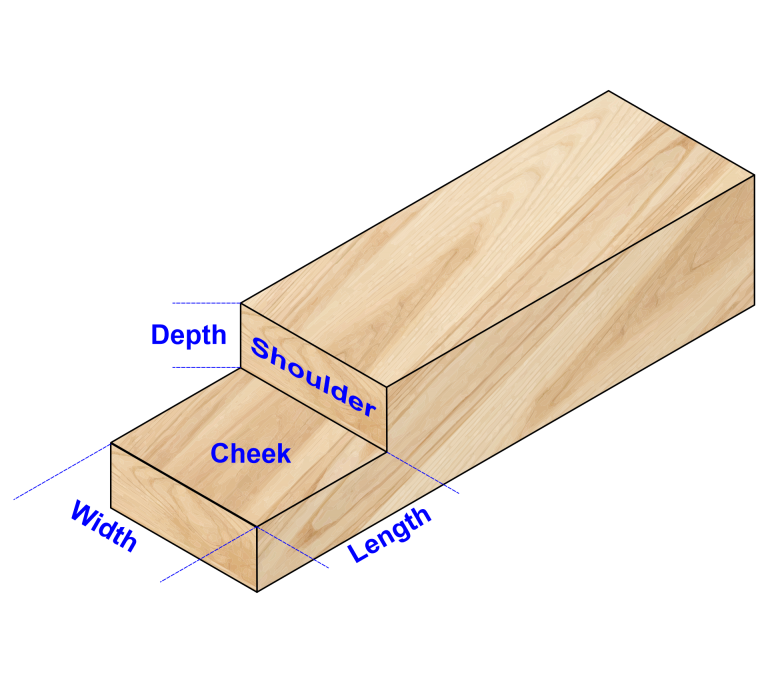
Marking out Halving Joints
A halving joint is used to fix together two pieces of timber so that, when assembled, their faces are flush.
It’s called a halving joint because the pieces are halved in thickness.
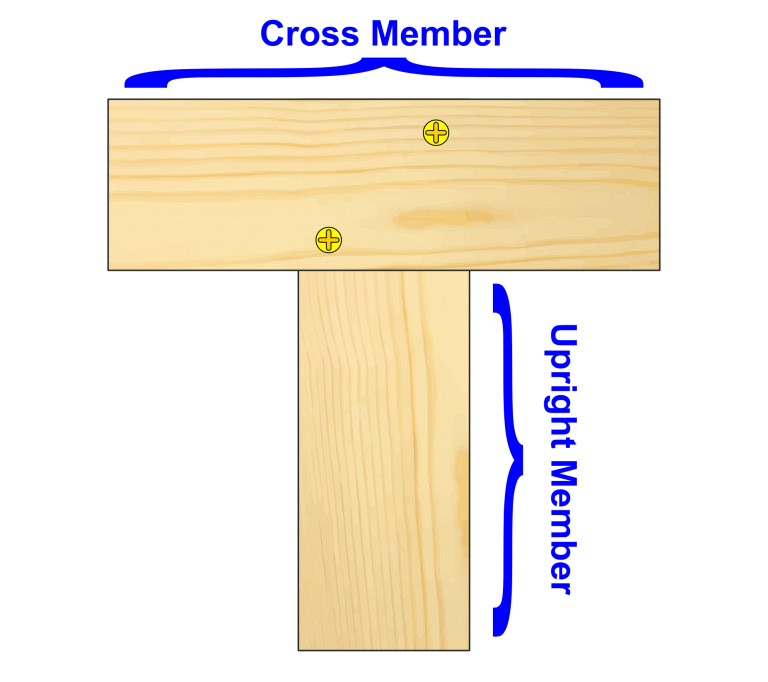
Cross Member and Upright Member
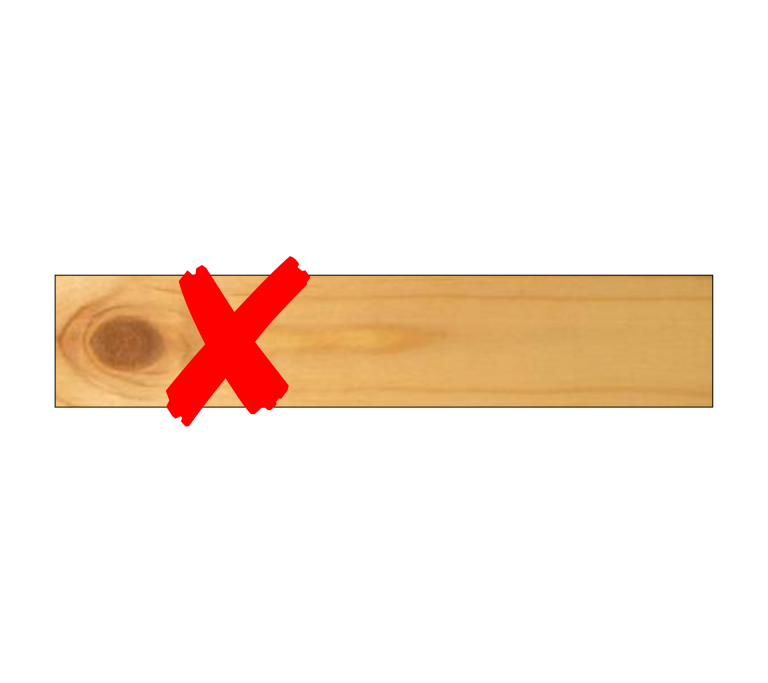
Selecting timber for halving joint
When Selecting timber for halving joint make sure the timbers are straight, square and true, without any imperfections and knots, plus they need to be the same dimensions.
Knots are harder and denser than the surrounding wood and make it difficult to cut through and the knot will tend to break apart beyond your marking lines.
Prepare your wood is to establish your reference surfaces which are face side and face edge should be square to each other.
Face Side and Face Edge is where you do all your marking, squaring and measuring out, this ensures that the finished product fits properly and the faces all end up flush and in the correct position on completion.
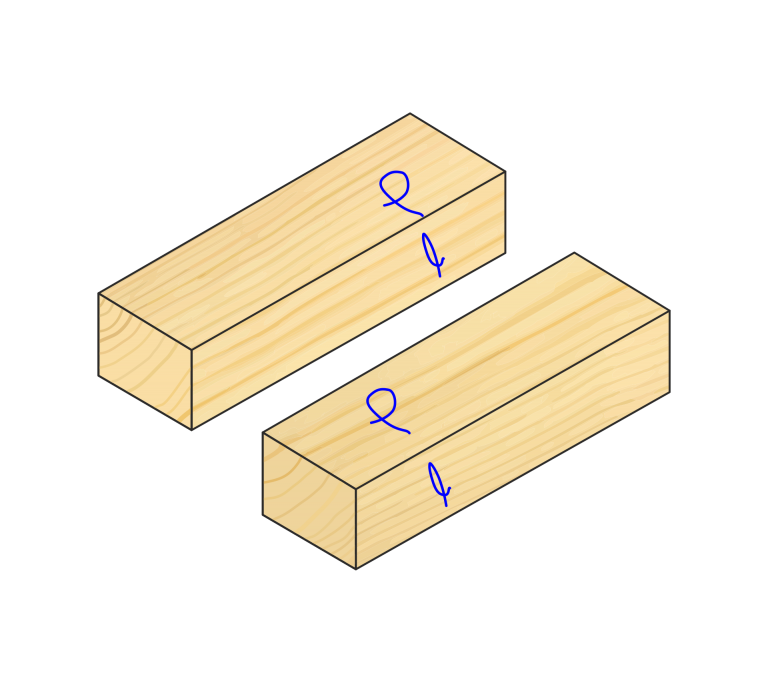
Face Side and Face Edge
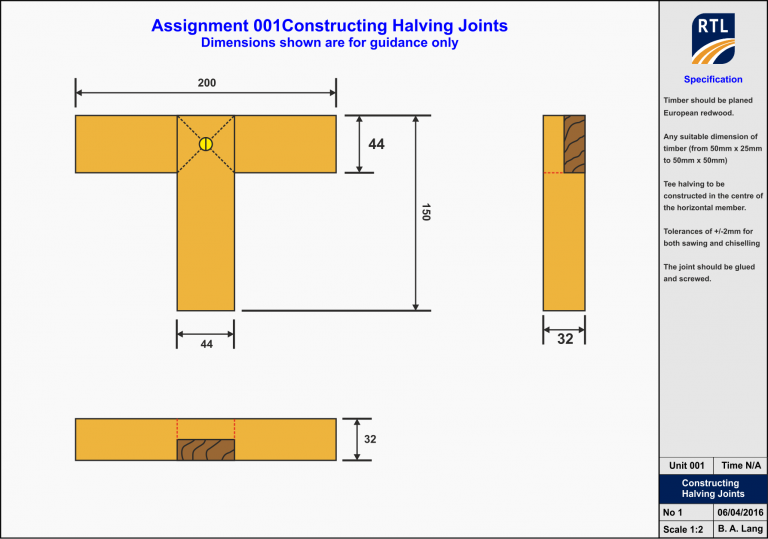
Working Drawing
Your assessment should have a working drawing where you will take all your measurements from, and you would need to work to tolerances see your assessment criteria sheet.
Select a length of timber checked the end of the timber for square if timber isn’t square then use a Marking Knife, Try Square and Tenon Saw for additional support use a bench hook secured in a vice.
Cross Member
Select a length of timber checked the end of the timber for square if timber isn’t square then use a Marking Knife, Try Square and Tenon Saw for additional support use a bench hook secured in a workbench vice or G-Clamp.
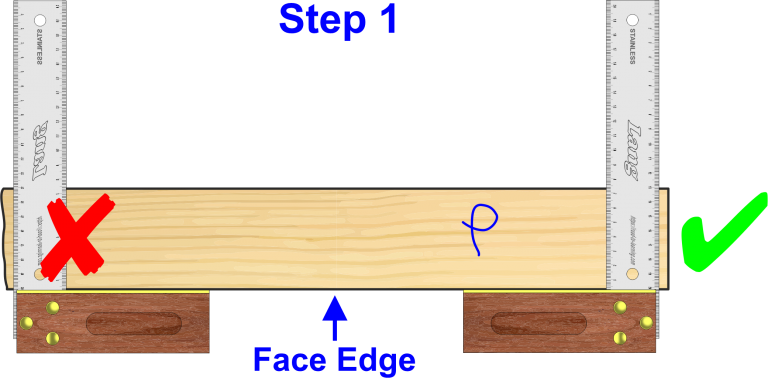
Marking out Halving Joints
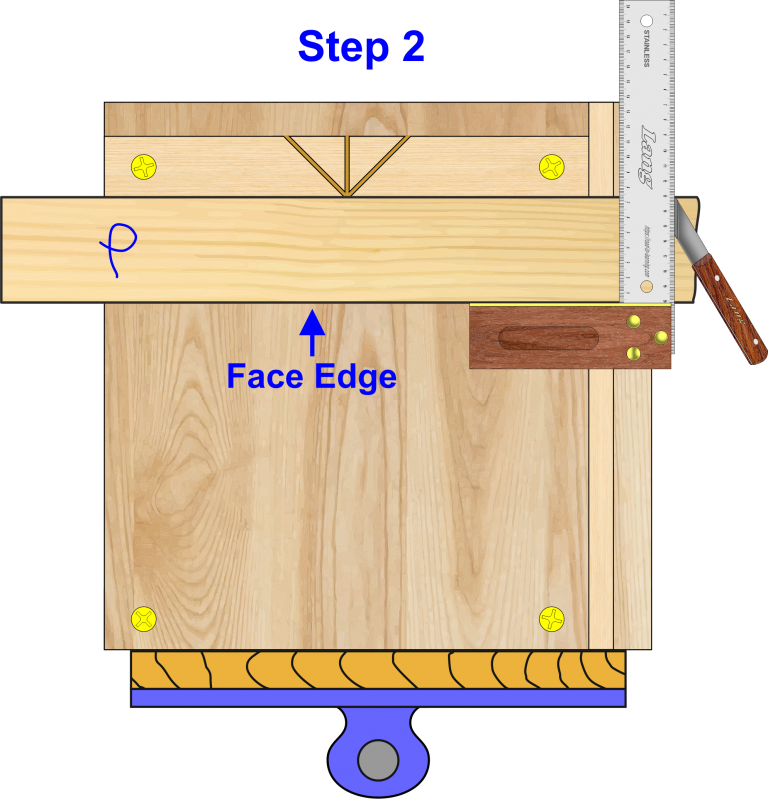
Marking out Halving Joints
Mark out lengths of timber using a Marking Knife and Try Square, ensuring the Try Square stock is against a Face Edge, use a pencil to highlight the marking line if you wish.
Cut two lengths to the required length from the working drawing using a bench hook and Tenon Saw, secured by G clamp or workbench vice.
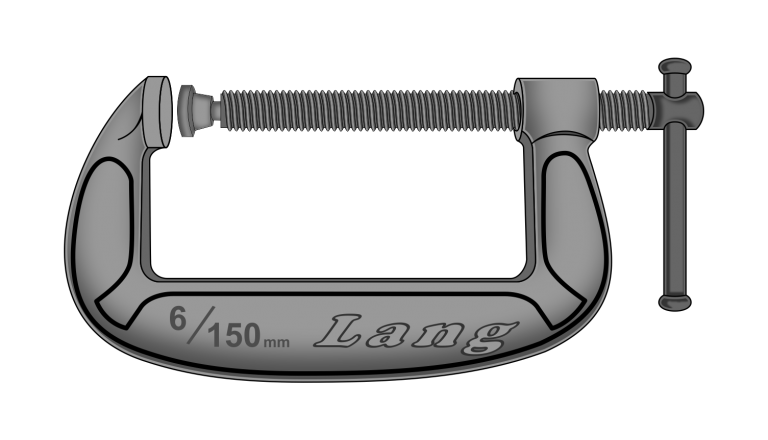
G-Cramp
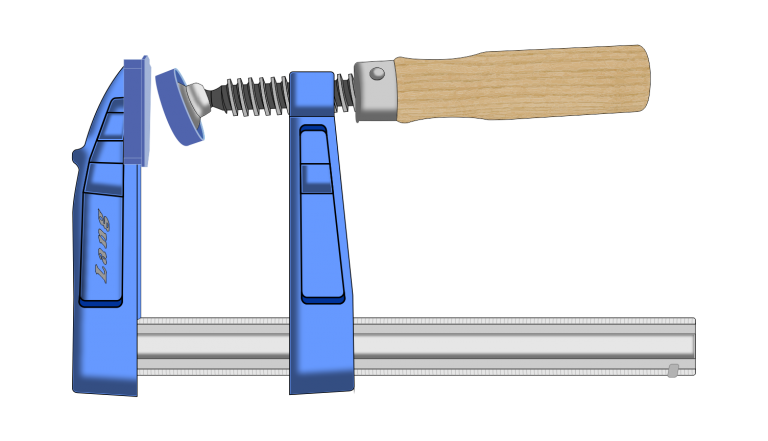
Screw Clamp
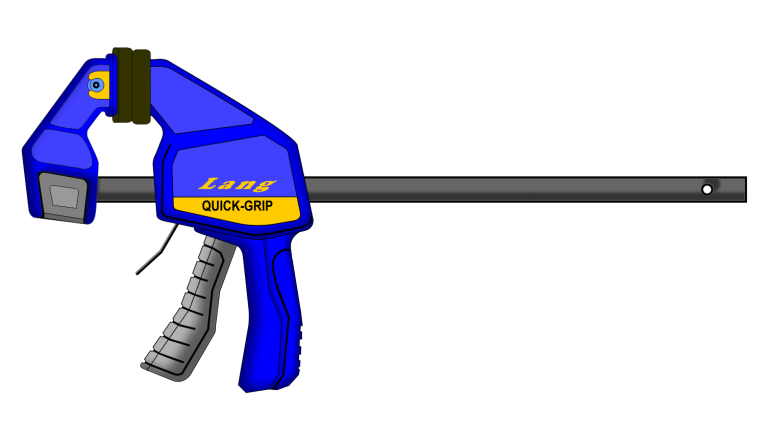
Quick-Grip Clamp
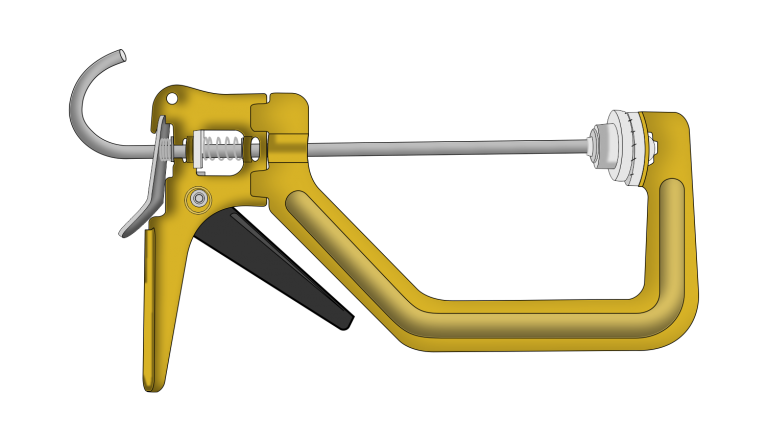
One Handed Speed Clamp
Cross Member
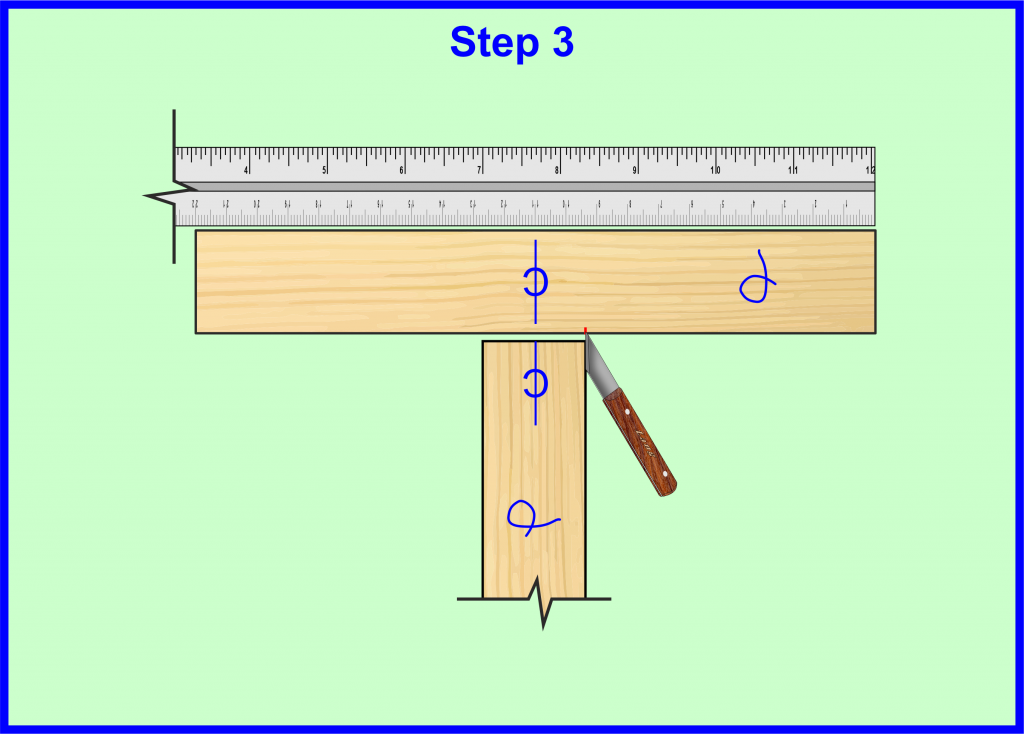
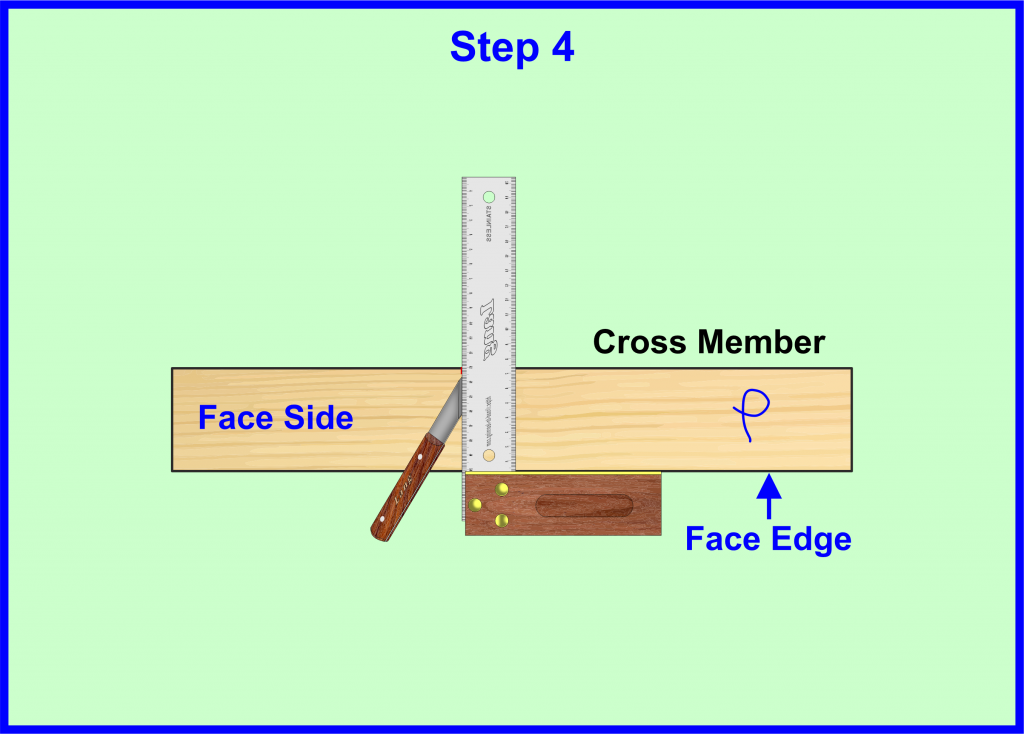
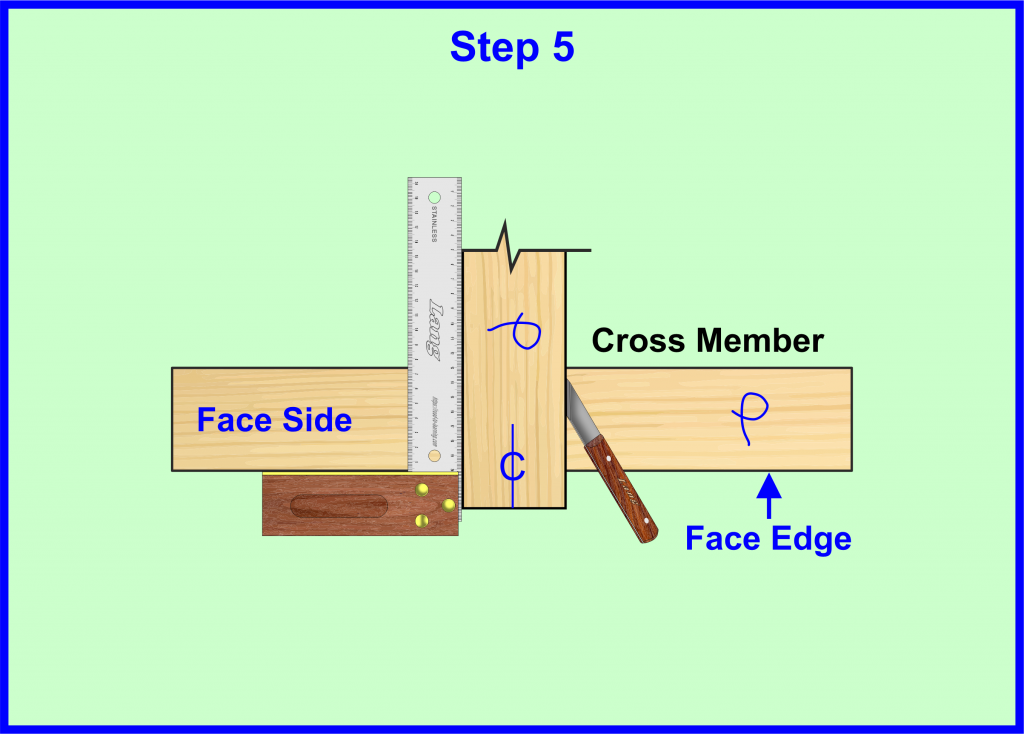
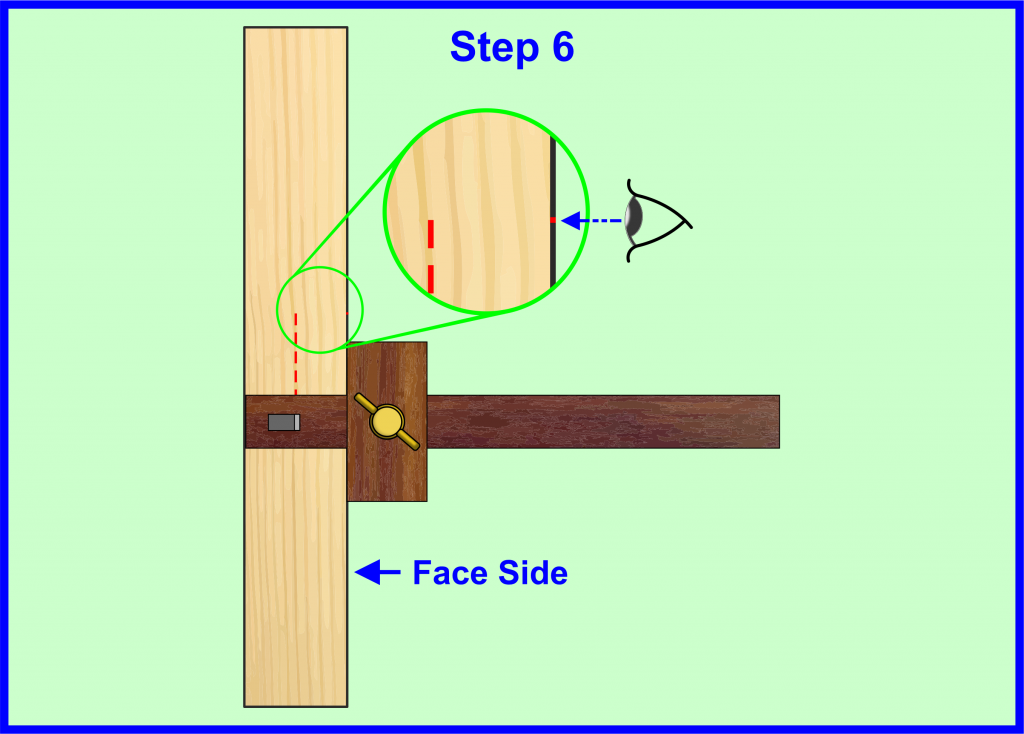
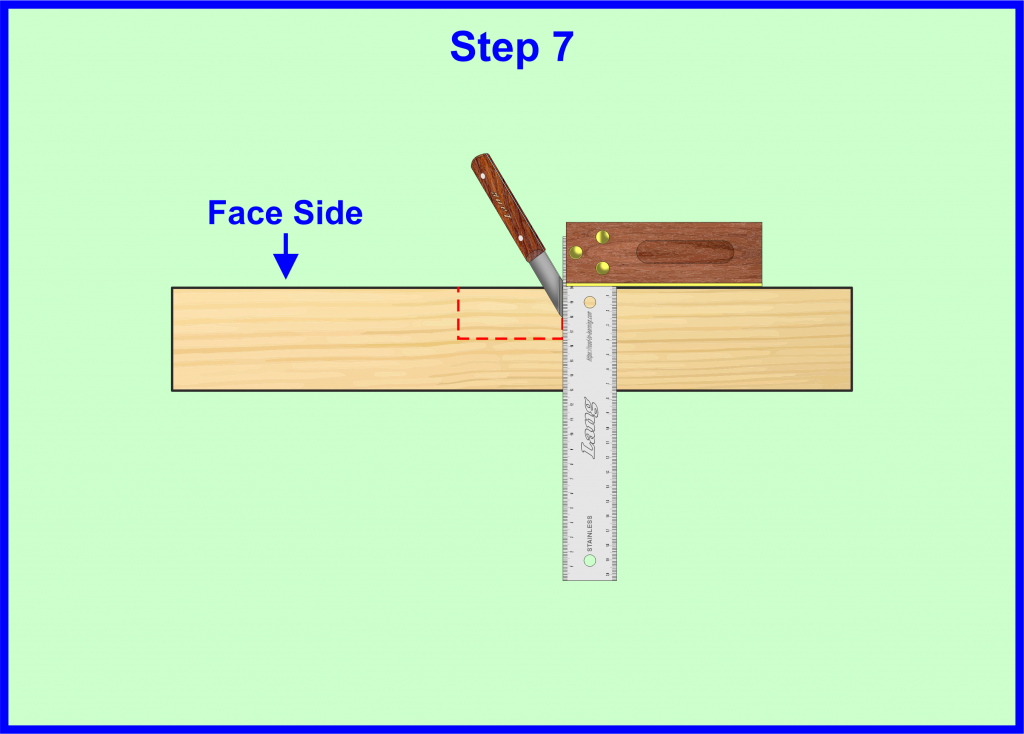
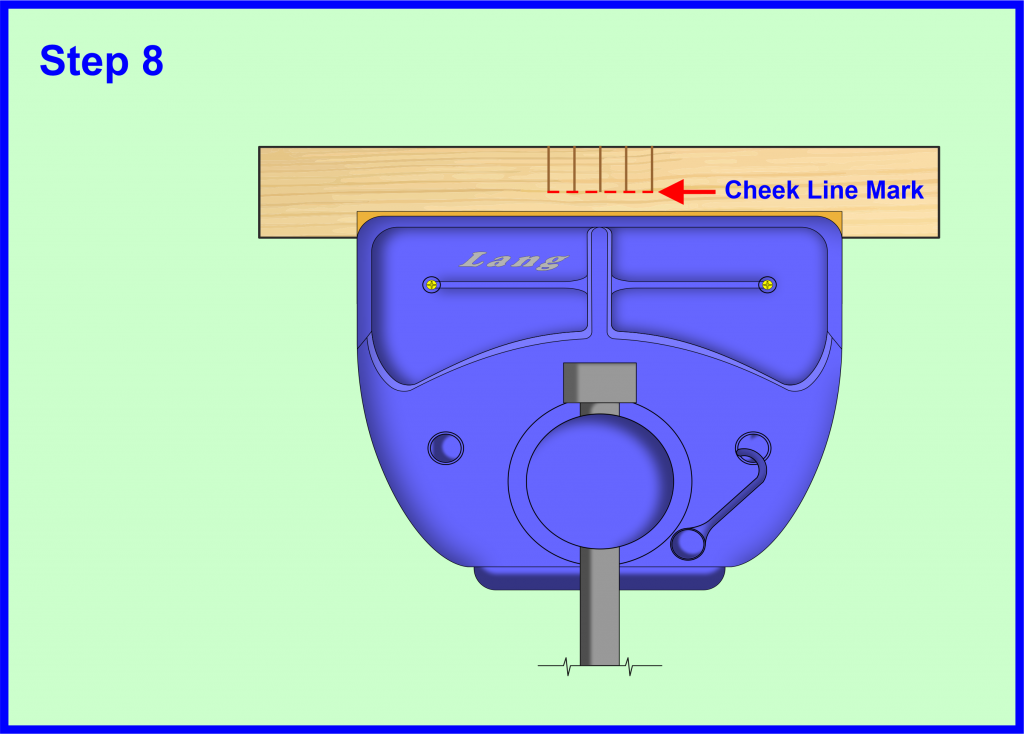
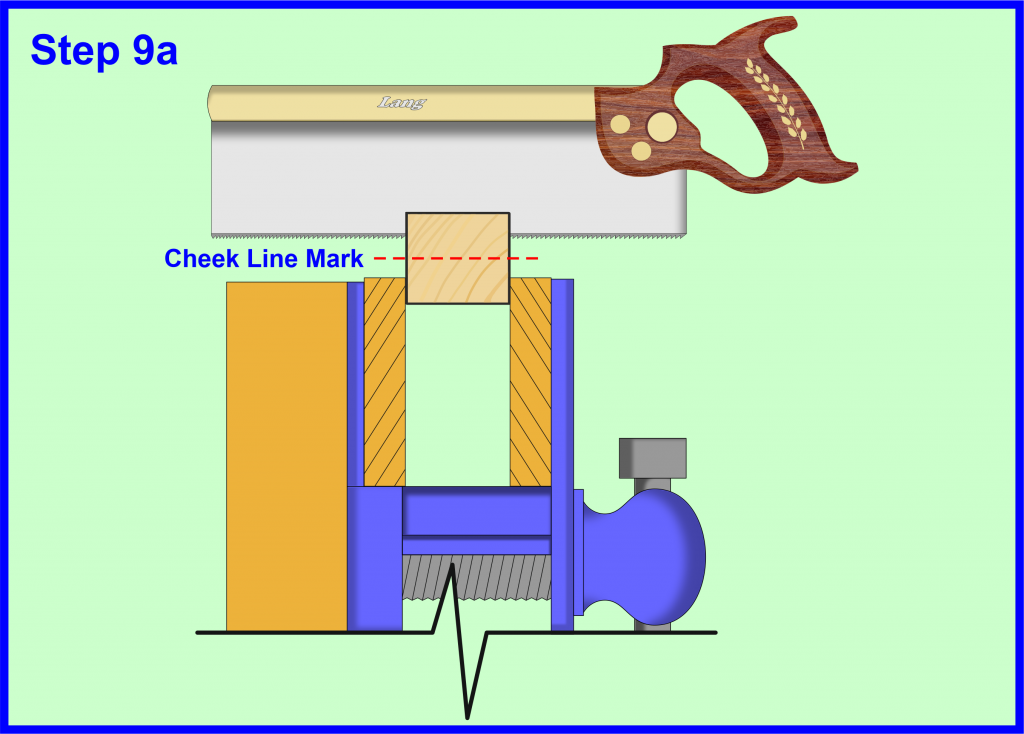
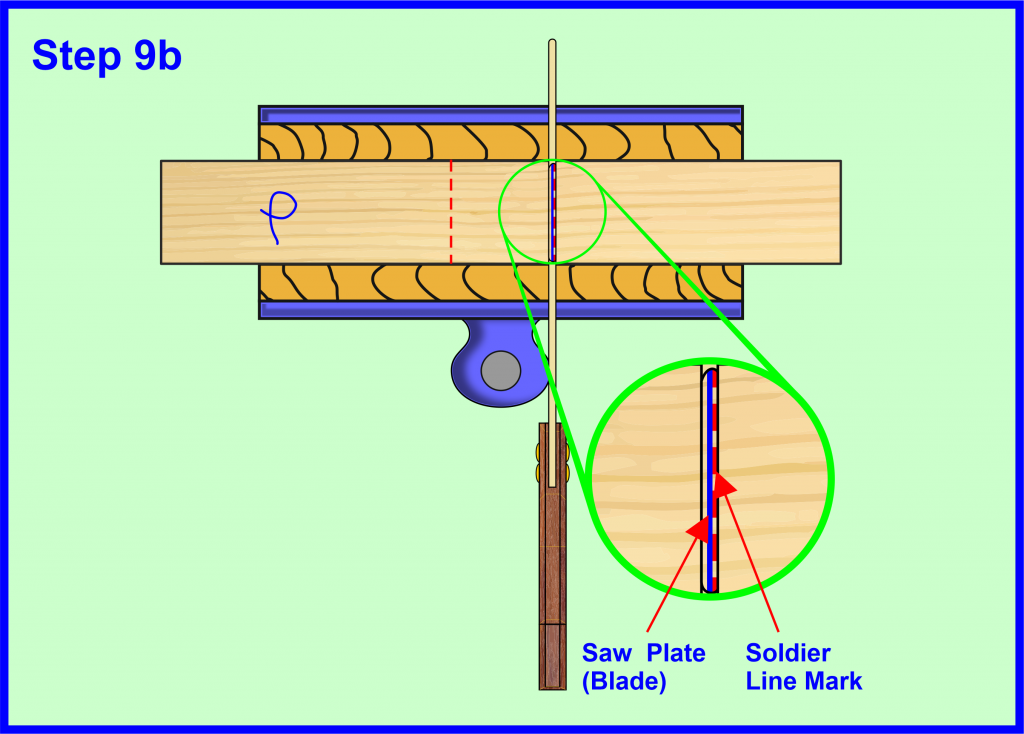
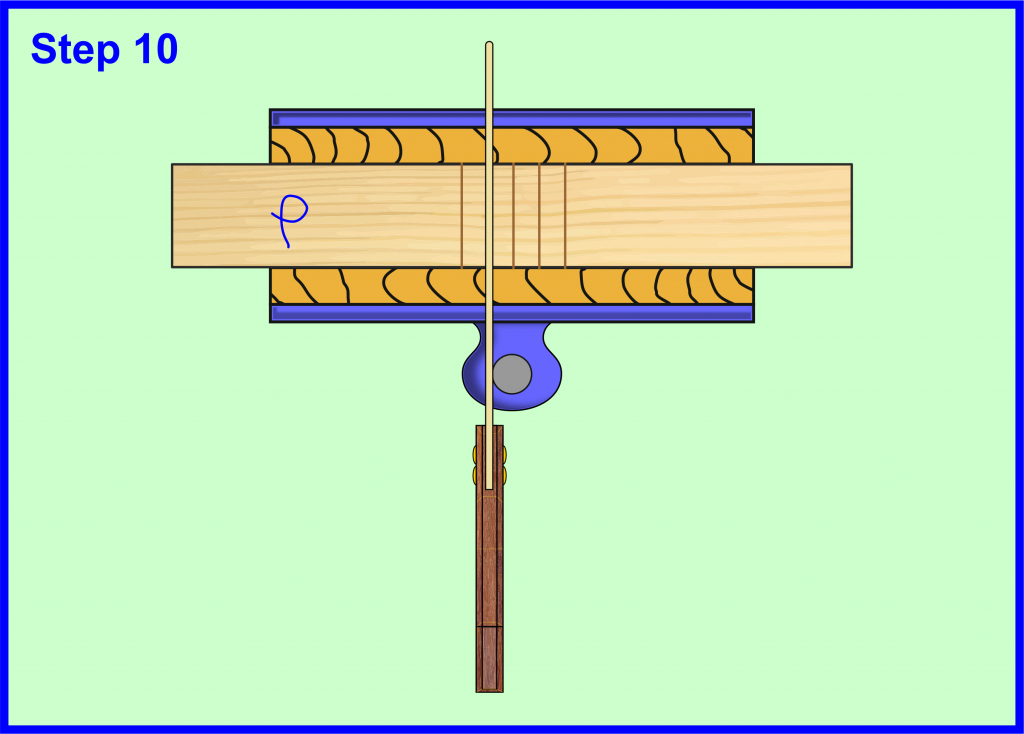
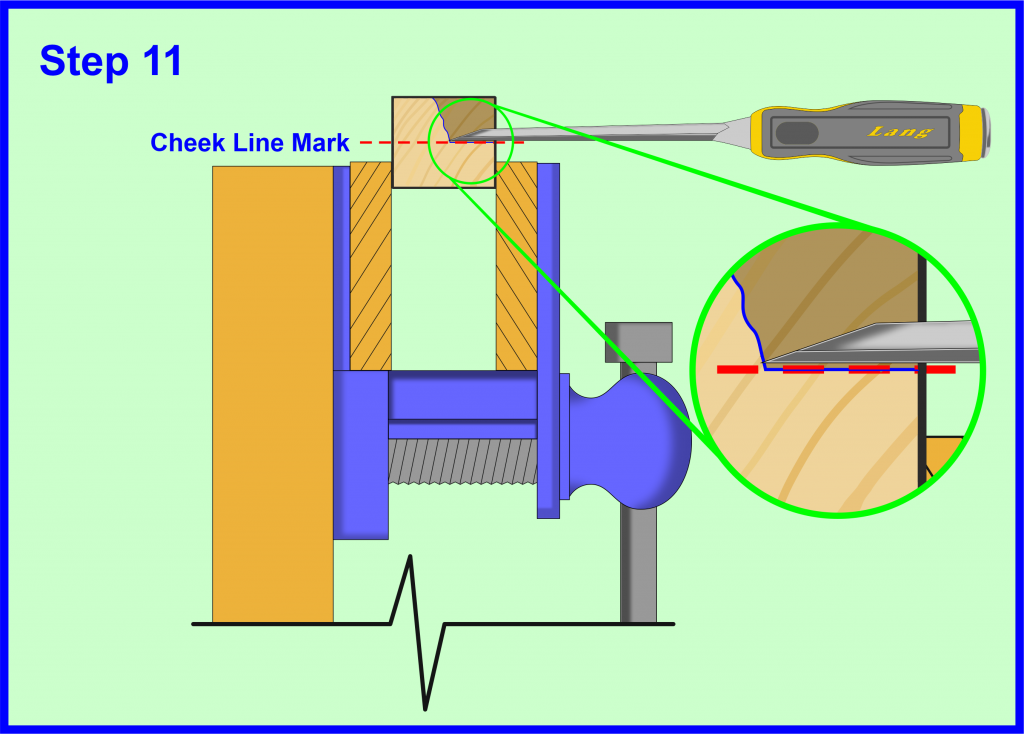
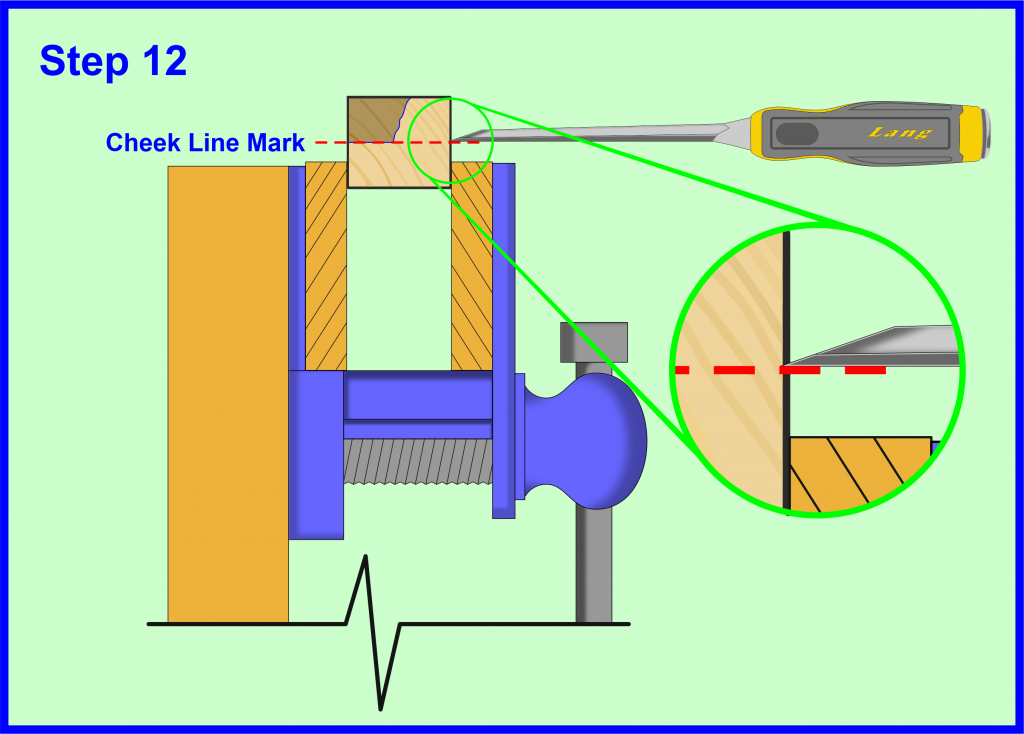

Upright Member
